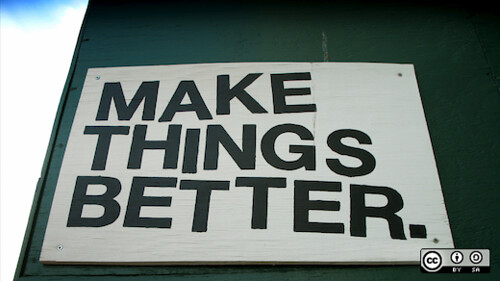With 2013 coming to a close, you still have time for year end charitable giving. While Uncle Sam may be taking more from your pockets in the form of taxes this year, one way to reduce your taxable income is to donate to charity. Let's take a look at 3 tips to increase the impact of your charitable giving to make it an even bigger win-win.
Tip 1: Give highly appreciated securities, rather than cash
While donating cash is, by far, the most common method of charitable giving; in most circumstances, it is not the most tax-efficient way to give. Contributing stocks, bonds, or mutual funds that have appreciated over time carry some significant advantages.
Most publicly traded appreciated securities with unrealized long-term gains may be donated to a public charity, and the fair market value may be claimed as an itemized deduction on the donor's federal tax return—up to 30% of the donor’s AGI. Because the securities are donated rather than sold, capital gains taxes are not owed on the appreciation. The more appreciation the securities have, the greater the tax savings will be! With the strong market performance of the last few years, you should have plenty of great options to choose from.
Consider this hypothetical example from Fidelity Investments:
Bill and Margaret own securities with long-term unrealized gains. They need to decide which giving strategy will work best: giving the securities directly to the charity (Scenario 1) or selling the securities and donating the proceeds to charity (Scenario 2). Let’s compare the potential tax benefits of each side by side.
If they sell the securities first, Scenario 2, and then donate the proceeds to charity, Bill and Margaret will pay a federal long-term capital gains tax of $7,140.
Now let’s look at what happens if they give their securities directly to their favorite charity (Scenario 1). With a direct donation to charity, the capital gains tax from selling the securities no longer applies. Bill and Margaret’s federal income taxes are reduced by an extra $9,967 and the charity receives an additional $7,140. Bill and Margaret will usually save more in taxes and do more good for their designated charity if they donate appreciated securities, instead of cash. On the flip side, if these long-term securities were at a loss, it might be better to sell the security first, realizing a loss (which could be used to offset future gains or income), and donate the proceeds as cash to potentially receive a charitable deduction.
source: Fidelity Investments
Tip 2: Consider donor advised funds
A donor-advised fund, or DAF, enables you to maximize the allowable tax benefits and create a reserve of money that you can use now and ongoing to support charitable causes. You could contribute a large lump sum to a DAF (including a highly appreciated asset) to claim the tax-lowering charitable contribution this year, then have the fund spread out distributions to the charities of choice on a timetable that works for you. DAF has many advantages over other ways of giving including: one consolidated tax receipt, potentially easier donation of long-term appreciated securities, the ability to take a tax deduction now and decide how to allocate your donation later and the option of giving grants anonymously to charities.
Tip 3: Make a tax free distribution from your IRA
If you’re age 70½ or older, another charity-related tax strategy to pay attention to this year is a provision that allows IRA owners to make a tax-free distribution to a qualified charity. We have seen several of our clients take advantage of this smart strategy. Unfortunately, this provision is set to expire at the end of 2013, so you might not have another opportunity beyond 2013. Many retirees find this to be an attractive strategy because they claim the standard deduction rather than itemizing, which means they don’t typically receive a tax benefit for their charitable contributions. Plus, qualified distributions, up to $100,000, can count as a retiree’s minimum required distribution for the year.
“Netflix completes the open source giving cycle” by opensourceway is licensed under CC BY-SA 2.0
By







